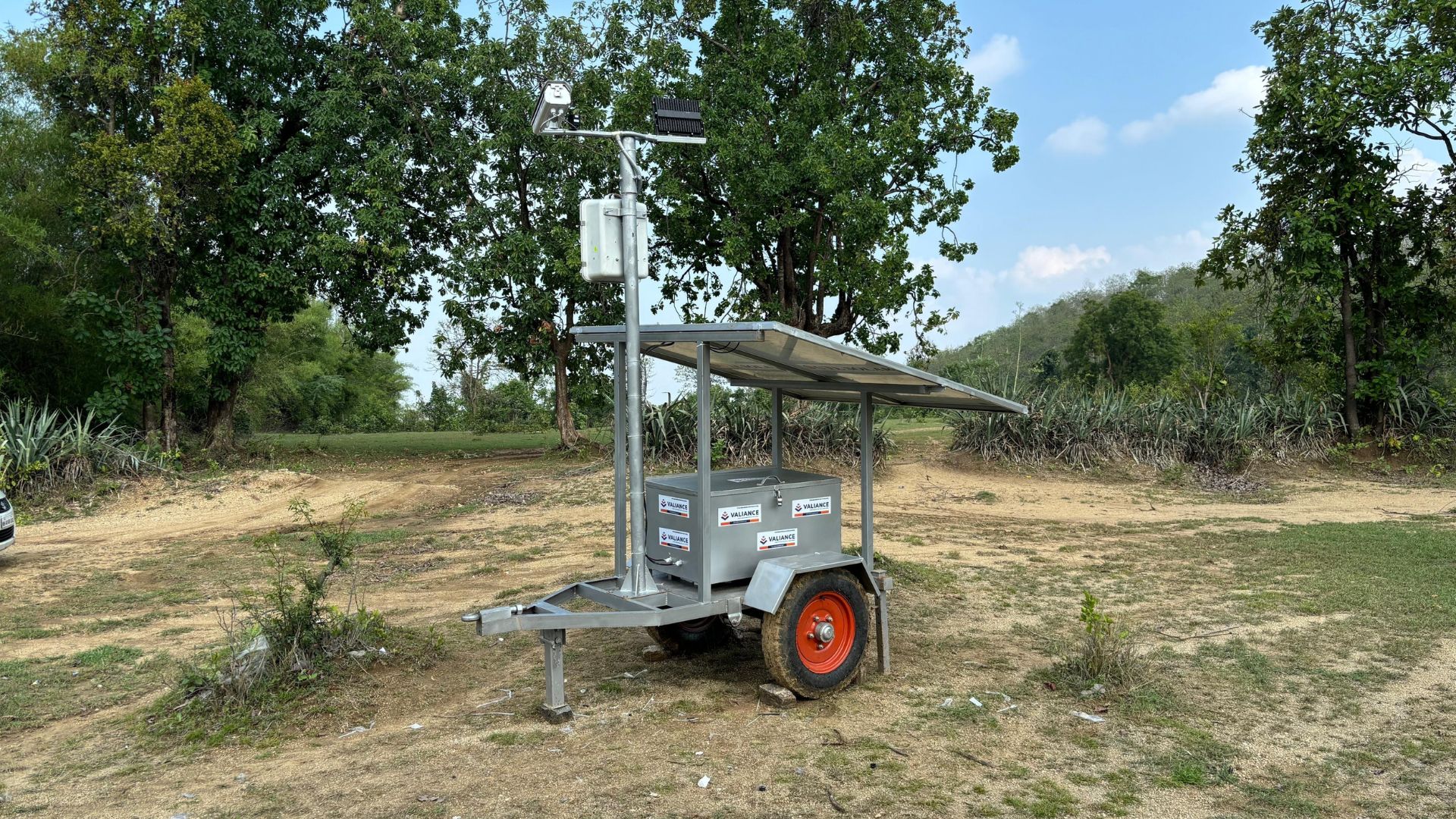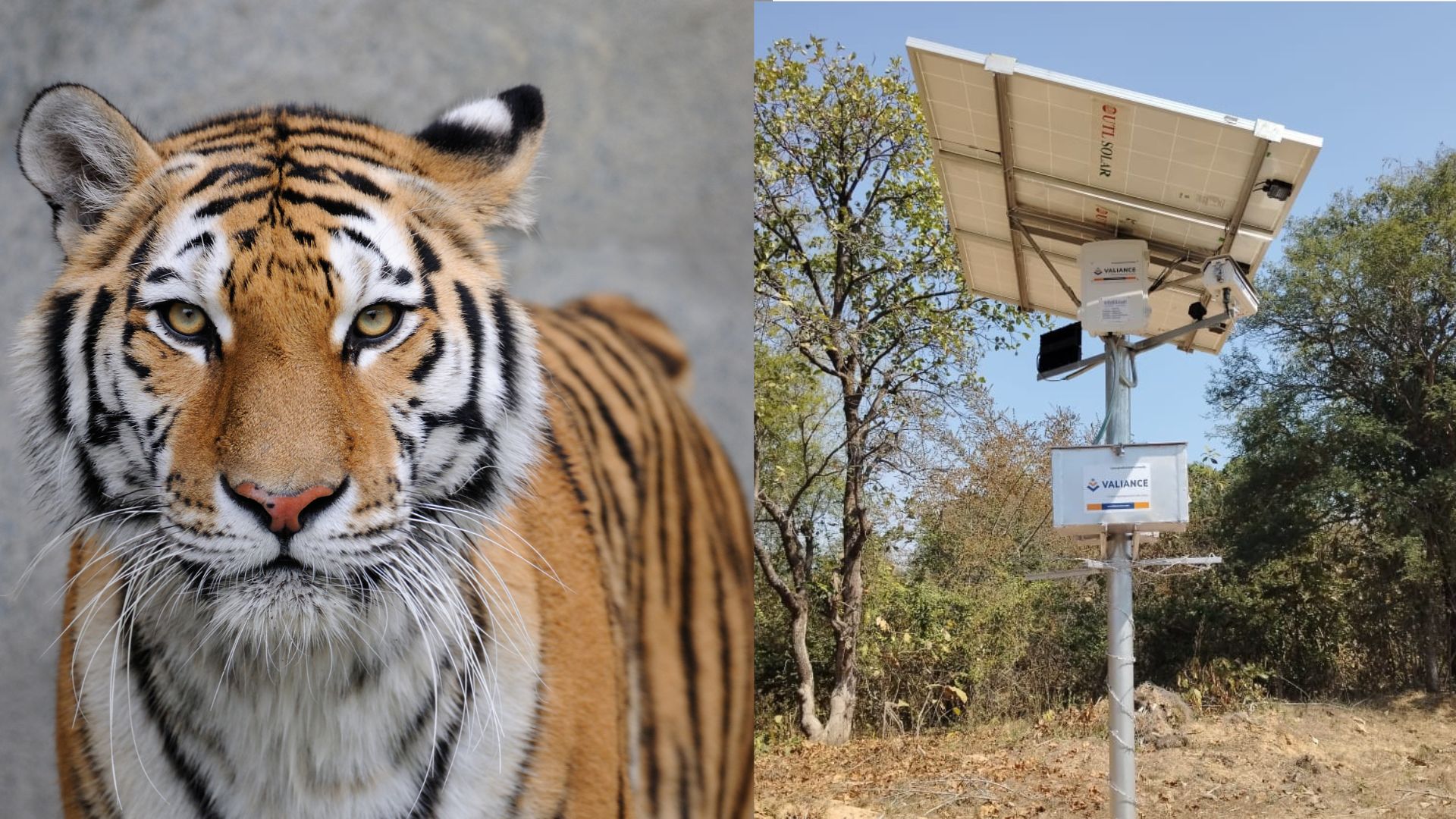Client Background
Client is a US based global, research-driven bio-pharmaceutical company committed to developing innovative advanced therapies for some of the world’s most complex and critical conditions. It caters to three therapeutic areas: Dermatology, Gastroenterology, and Rheumatology.
Business Objective
Physicians or Health Care Professionals (HCPs) are the most significant element in pharmaceutical sales as their prescriptions determine which drugs will be used by patients. Therefore, the key to pharmaceutical sales for any pharmaceutical company is influencing the physician. To do this, sales reps spend on following marketing tactics/activities to drive sales – Closed Loop Marketing (CLM) Calls, Non-CLM Calls, Internet Live Seminars, Lunch sessions. It was observed that
- 18% of the current sales is driven by CLM and Non-CLM calls executed for three therapeutic areas: Dermatology, Gastroenterology, and Rheumatology
- CLM calls provide better ROI compared to Non-CLM calls but since they are 1.4X costlier, majority of investment has been made in Non-CLM callsTherefore, client wanted to optimize the marketing spend for CLM and Non-CLM calls so as to increase the revenue and NPV (Net Present Value) (NPV accounts for the cumulative profitability of a spend in a tactic i.e. NPV = Present Value – Investment)
Solution
Our data science team considered following inputs for analysis
- Activity Data: Promotional sales activity data and other sources to capture (a) level of engagement (reach and frequency) and (b) type of interaction (e.g. Face-to-face, lunch and learn) with the HCP
- Demand Data: Market data from syndicated sources, to capture sales which can be tied to promotional activities to compute impact of the promotional sales activity
- Financial Data: Financial Data from internal sources to estimate cost of the sales force activities to enable analysis of ROIMultivariate regression was performed on sales and marketing tactics to estimate and forecast the impact on sales and using Monte Carlo Simulation, response curves were built to define the contribution of the investment to the sales i.e. the Return on Investment (ROI)NPV plot against marketing spend suggested that marketing spend of 1.85 Million Euros wasn’t resulting in optimum sales. The ROI would be maximum when an investment of ~0.30 Million Euros is made in this sales tactic.
Outcome
Following optimization opportunities were unearthed from the insights we generated with modeling exercise:
- Decrease Investment & Hold Revenue Steady: Marketing mix can be optimized to generate previous year revenue while decreasing investment by -44%
- Hold Investment Steady & Increase Revenue: Using the last year’s marketing budget, revenue can be increased by 30 Million Euros in this year
- Maximize Profitable Investment: Using Maximized Investment scenario, an additional 45 Million Euros in revenue can be captured with an additional investment of 15.4 Million Euros






